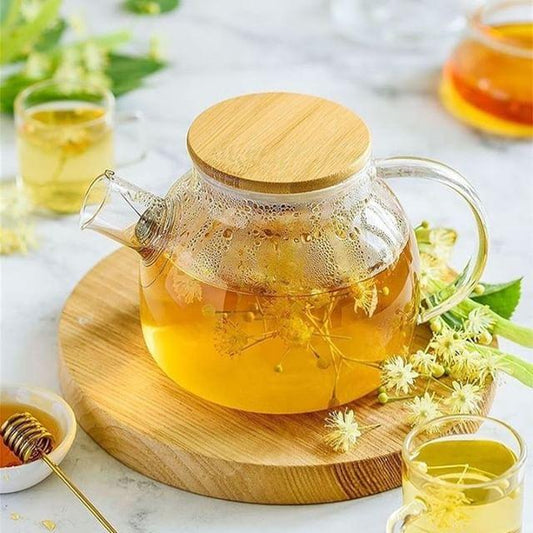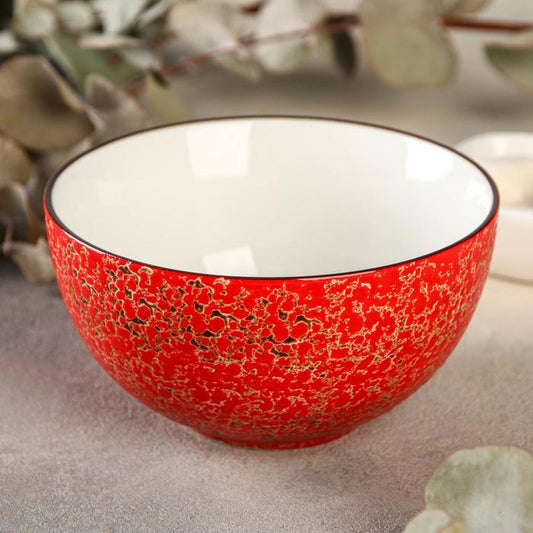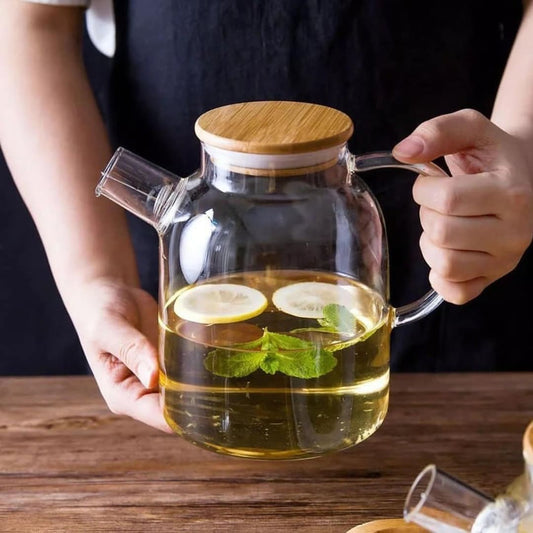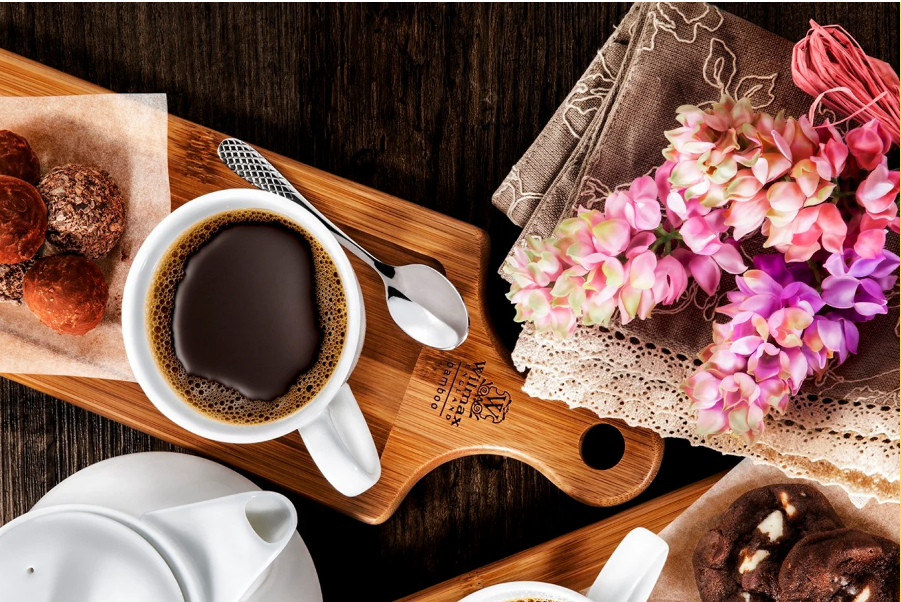Food Memoirs: How to Weave Personal History into Your Cooking Blog

In a world of polished recipe cards and SEO-driven content, one thing keeps readers coming back to a cooking blog: you. Your memories, your voice, and your connection to the food you make. That’s where the art of the food memoir comes in—blending recipes with stories that feel as nourishing as the dishes themselves. Whether you’re remembering your grandmother’s kitchen or that disastrous Thanksgiving stuffing you burned at age 12, these stories are the soul of your blog.
Why Food + Memory Works So Well
Food is tied to every part of life: joy, grief, tradition, identity. It’s sensory and emotional, and that makes it the perfect gateway to storytelling. Sharing what a dish means to you creates resonance far beyond the ingredients list—it invites readers into your life, not just your kitchen.
What Makes a Good Food Memoir Blog Post?
- Emotion: Joy, nostalgia, humor, even frustration—it’s all welcome at the table.
- Detail: The way the kitchen smelled. The chipped bowl your aunt always used. Specificity creates immersion.
- Voice: Be yourself. Don’t filter your words like a textbook—let your quirks show.
- A connection to the recipe: How did you learn it? Did you tweak it? Is it a family heirloom or a personal reinvention?
Story Structures to Try
1. The Origin Story
How did this recipe enter your life? Maybe your dad made it every birthday. Or maybe you stumbled into it after a breakup and a lot of red wine. Tell that tale. Then show us how to make it.
2. The Sensory Flashback
Describe one moment vividly—the texture of your mom’s pie crust, the hum of a summer fan while you snapped beans. Use that memory as the jumping-off point for the recipe.
3. The Learning Curve
Tell the story of how you messed it up. Be honest. Then show how you learned and grew—and how the reader can avoid your mistakes.
Writing Prompts to Spark a Story
- What’s a dish you loved as a kid that you now cook differently?
- Who was the best cook in your family—and what did they never write down?
- What food made you feel at home in a new place?
- What’s the “weird” dish your family eats that no one else gets?
- What’s a time food helped you heal?
Tone Tips: Keep It Personal, Not Performative
Your blog isn’t a novel—it’s a conversation. Write the way you speak. Share honestly. And keep it focused: readers are here for the food, but they’ll stay for the soul behind it. Don’t be afraid to be vulnerable. That’s where the magic lives.
Final Thoughts
Recipes feed the stomach. Stories feed the heart. By weaving personal history into your cooking blog, you create something that can’t be copied—a unique archive of life, flavor, and memory. Your blog becomes more than a collection of meals. It becomes a table readers return to, again and again.
Share:





